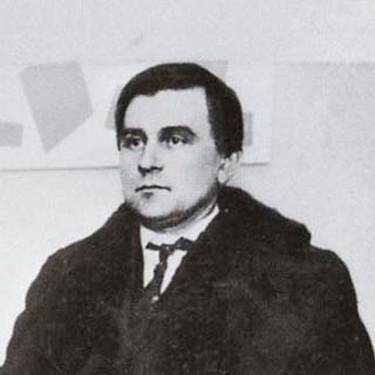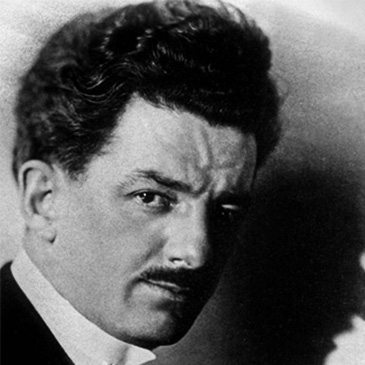

As it allows its creator to openly communicate without the restriction of forms found in objective reality, painting is considered among the purest forms of expression. The approaches found encompass movements including Abstract Expressionism, Fauvism, Cubism, and German Expressionism. Read on to learn about the history of abstract painting, as well a number of its most prominent artists.
A Brief History
Abstract paintings emerged during the late 19th and early 20th centuries as a departure from Classical and traditional painting in Europe. Many renowned artists before this time painted after the methods of classical realism, which utilized realistic perspective, shading, and other techniques to be able to create historic scenes and subject matter.
At the beginning of the 20th century many artists began to create art that did refer to objects in the world and went against teachings. This new means of painting was considered"pure art" because of the subjects deriving entirely from the artists, instead of being copied or referenced in the actual world. Emphasizing the https://www.virtosuart.com/blog/abstract-art-definition formal qualities of an artwork over its subject matter that was representational artists experimented with new techniques such as using vivid yet arbitrary colours, reconstructing shapes, and rejecting realistic outlook.
Abstract Painting Techniques & Famous Abstract Painters
Composition VII by Wassily Kandinsky
Experimentation with evoking emotions and colours was a main interest of artists. German Expressionism is distinguished by its palette and the colors correspondence to emotions. German Expressionism painter, Wassily Kandinsky is considered the first artist. He became famous for his color theory and attaching emotions to his vividly colored paintings. Like many other artists that were abstract, Kandinsky believed that music embodied abstract art in the purest sense, with its ability. Kandinsky would go on to refer to his works as"compositions".
Crucial to art is the rejection of three-dimensional perspective, which can be found in Orphism and Fauvism. While bright patches of color as opposed to a figurative object characterize Orphism, fauvism depicts objects with color. The work is a portrait of his wife with yellow and green skin on a background. Famous Orphism painters include Robert Delaunay, whose"Simultaneous Windows on the City" (1912) and"The First Disk" (1912-1913) include multiple patches or segments of various colors. Georgia O'Keeffe is well-known for her flower paintings that are colorful cropped.
Cubism + Malevich, Mondrian
While ties were held by movements within artwork to the representational, Cubism, with its perspective of objects, paved the way for pure painting in this sense. Russian Suprematist artist Kazimir Malevich furthered this flatness by placing horizontal shapes. While De Stijl painter Piet Mondrian painted grids to create the concept of infinity.
Abstract Expressionism + Pollock, de Kooning
Abstract Expressionists approach abstract paintings by experimenting with gesture. These works were called action paintings because they functioned as a record of the painters' activities, be it showing the brushstrokes of Willem de Kooning or walking around the canvas. Much like other abstract movements, these painters emphasized the work and their own emotions correspond over form or shape and color.
At first glance, his functions are abstract. The compositions consist mostly across the painting surface of the fluid forms intertwining with floating and one another. Our thoughts immediately recognizes shapes inside them. Unlike Kandinsky or Miró, Virtosu doesn't deny the side of art: all his composition has a title, which immediately refers to a archetypes, stories or societal concepts. Therefore like Pablo Picasso, narration is accepted by the master as an essential part of his abstract works.

